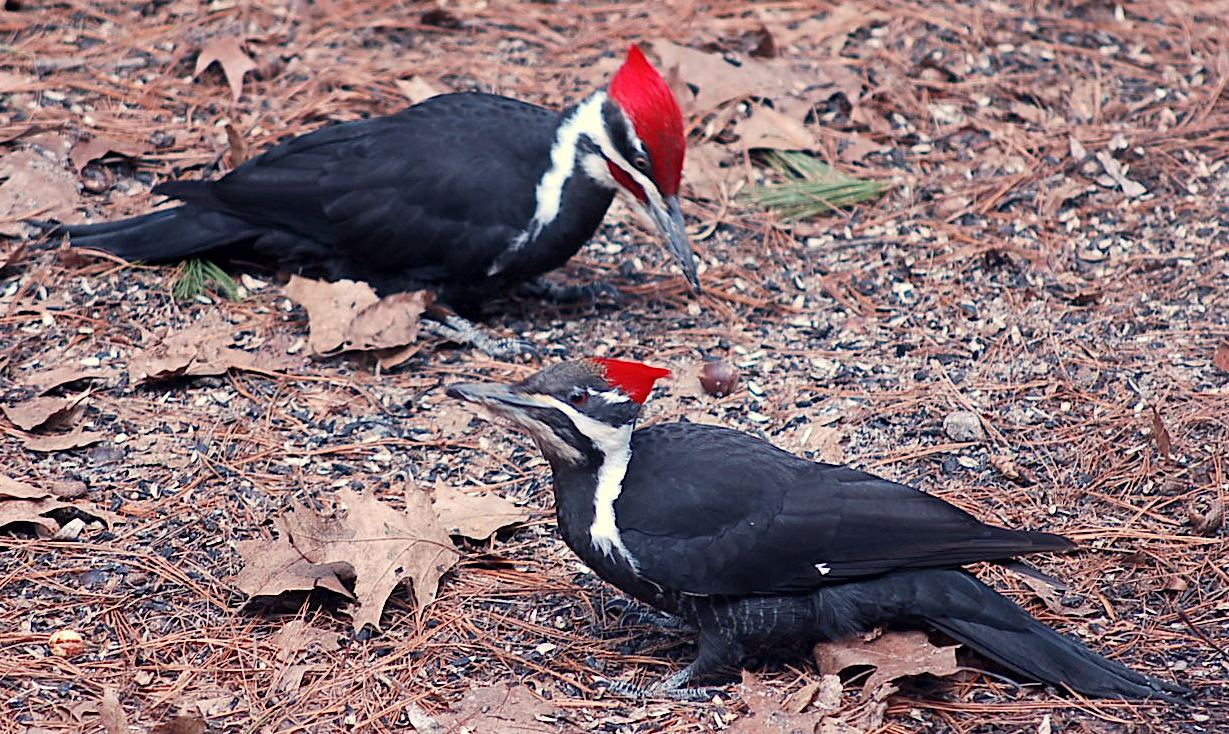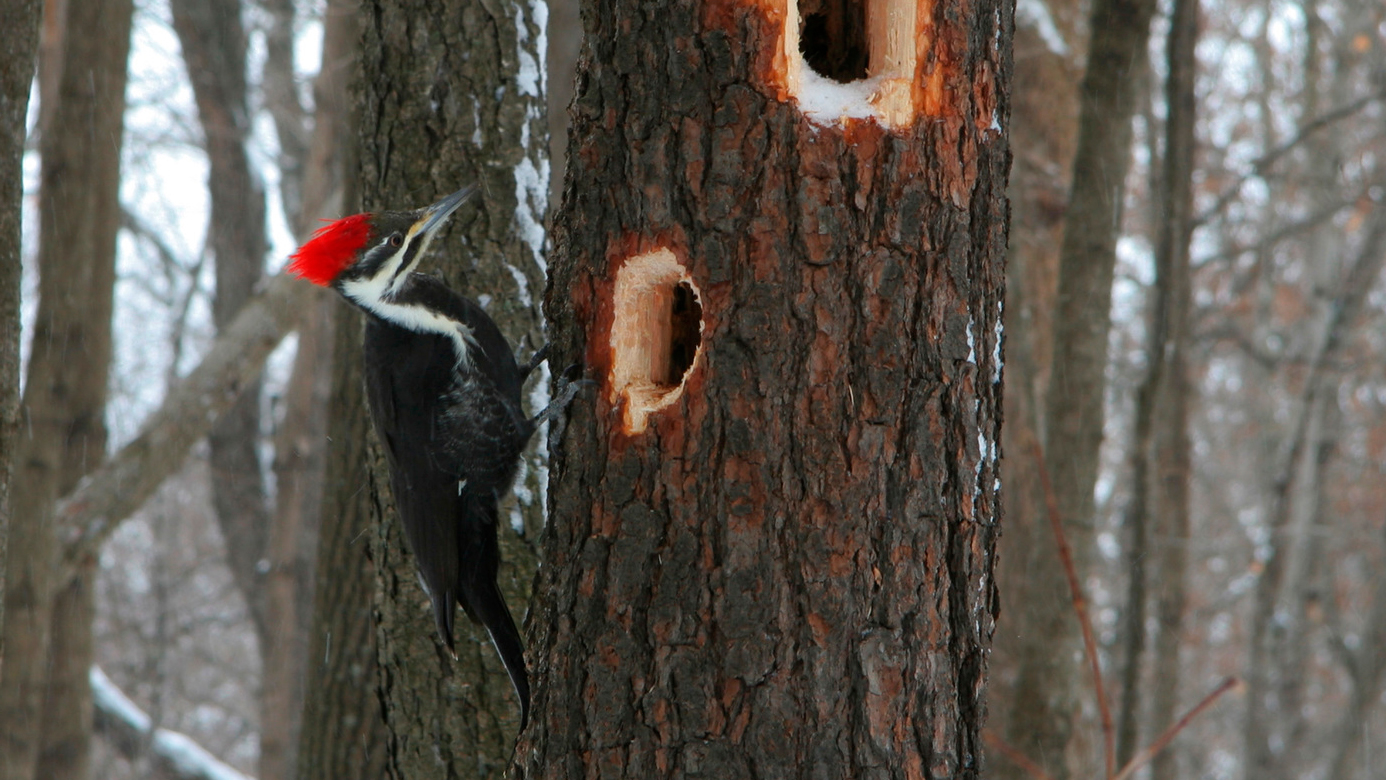Running Into Woodpeckers in Florida Variety: Environments and Habits
Running Into Woodpeckers in Florida Variety: Environments and Habits
Blog Article
Discover the Interesting World of Woodpeckers: Whatever You Required to Know
The globe of woodpeckers is a world filled with unique habits, detailed adjustments, and a diverse variety of varieties. From their habitats and distribution patterns to their feeding habits and specialized anatomical attributes, woodpeckers have long astounded the interest of ornithologists and nature enthusiasts alike.
Woodpecker Habitats and Circulation
Woodpeckers inhabit a diverse range of settings worldwide, showcasing flexibility in their distribution patterns. These resilient birds are discovered in woodlands, timberlands, savannas, and deserts throughout various continents, showing their capability to grow in various weather conditions. In North America, for example, woodpeckers can be spotted in both coniferous and deciduous forests, utilizing their solid beaks to forage for insects and develop nesting tooth cavities in trees. Similarly, in Africa, certain woodpecker varieties have actually adjusted to dry environments, such as the acacia forests, where they play an essential function in managing insect populations.

Feeding Behaviors and Diet Plan
Woodpeckers utilize their solid beaks to pierce into the bark of trees, penetrating for pests and larvae concealed underneath the surface. In addition to insects, woodpeckers also consume nuts, seeds, fruits, and sap.
Woodpeckers are known for their drumming habits, which serves not just to connect with various other woodpeckers however likewise to locate food. The fast drumming noise is produced by the bird pecking on resonant surface areas like dead trees or steel poles. This behavior can attract pests concealed in the wood, allowing the woodpecker to spot their presence and prey on them.
One-of-a-kind Adjustments for Tree Climbing
In their proficient quest of pests hidden within tree bark, woodpeckers have developed impressive anatomical features that furnish them with one-of-a-kind adjustments for effective tree climbing. Woodpeckers have strong neck muscular tissues and an unique skull structure that absorb the influence of continuous pecking, enabling them to climb up and down without creating damage to their minds. These adjustments showcase the amazing evolutionary design that enables woodpeckers to navigate trees with precision and performance.
Diverse Woodpecker Types Worldwide
With over 200 various varieties spread out across different environments worldwide, the family of Picidae encompasses an exceptional diversity of woodpeckers. These birds can be discovered in woodlands, woodlands, savannas, and also city locations, showcasing their flexibility to various settings. From the famous Northern Flicker in The United States And Canada to the vivid Source and evasive Crimson-backed Flameback in Asia, each woodpecker varieties exhibits one-of-a-kind features in terms of quill, habits, and habitat preference.
Woodpeckers differ greatly in dimension, with the small Downy Woodpecker gauging around 6-7 inches in length, while the effective Lineated Woodpecker can have a peek at this site rise to 17 inches - Woodpeckers in Florida. Their beaks additionally come in various sizes and shapes, mirroring their feeding practices. Some varieties focus on extracting bugs from tree bark, like the Acorn Woodpecker, while others, such as the Black-cheeked Woodpecker, feed on fruits and seeds

Preservation Efforts and Difficulties
Preservation initiatives for woodpecker populaces are vital in mitigating the influence of habitat loss and other hazards encountering these diverse avian varieties. Woodpeckers deal with various difficulties to their survival, largely because of deforestation, urbanization, climate adjustment, and intrusive species. To attend to these issues, conservation initiatives concentrate on protecting and recovering woodpecker environments, implementing sustainable forestry techniques, and increasing awareness concerning the value of these birds in communities.
One substantial difficulty in woodpecker preservation is the fragmentation of their environments, resulting in separated populations that are extra at risk to termination - Woodpeckers in Florida. Conservationists function to produce wild animals corridors and shielded areas that link these fragmented environments, permitting woodpeckers to move in between different locations for feeding, reproducing, and sanctuary

Verdict
In final thought, woodpeckers are interesting birds with distinct adaptations check this for tree climbing and feeding habits. More research and conservation activities are required to guarantee the survival of woodpeckers in the wild.
Report this page